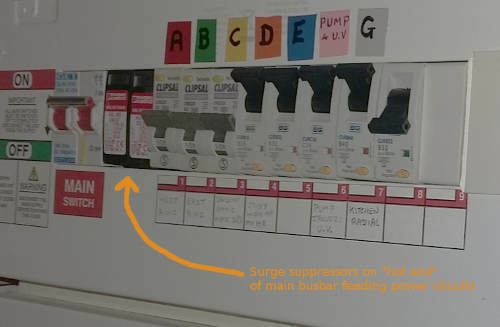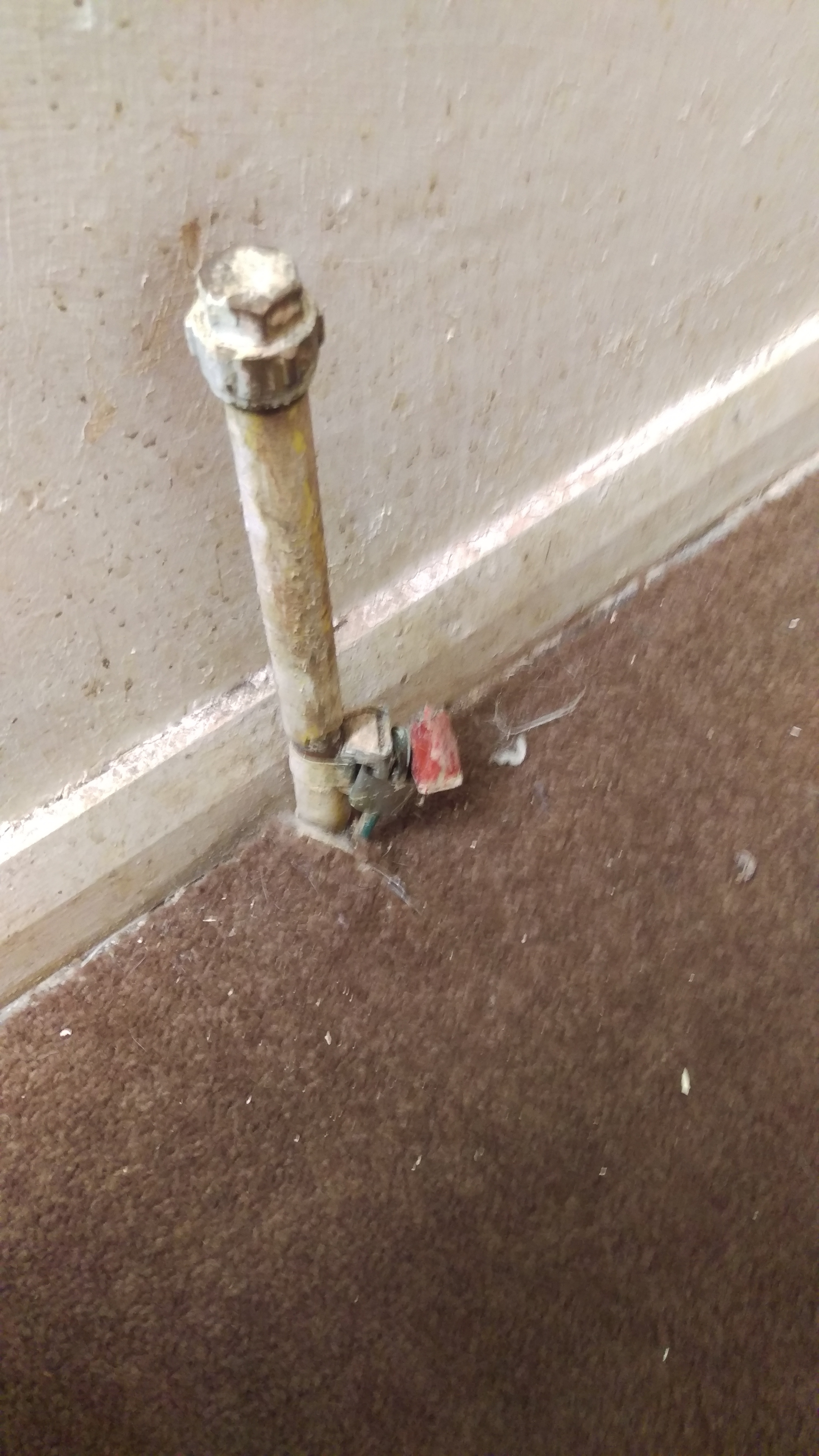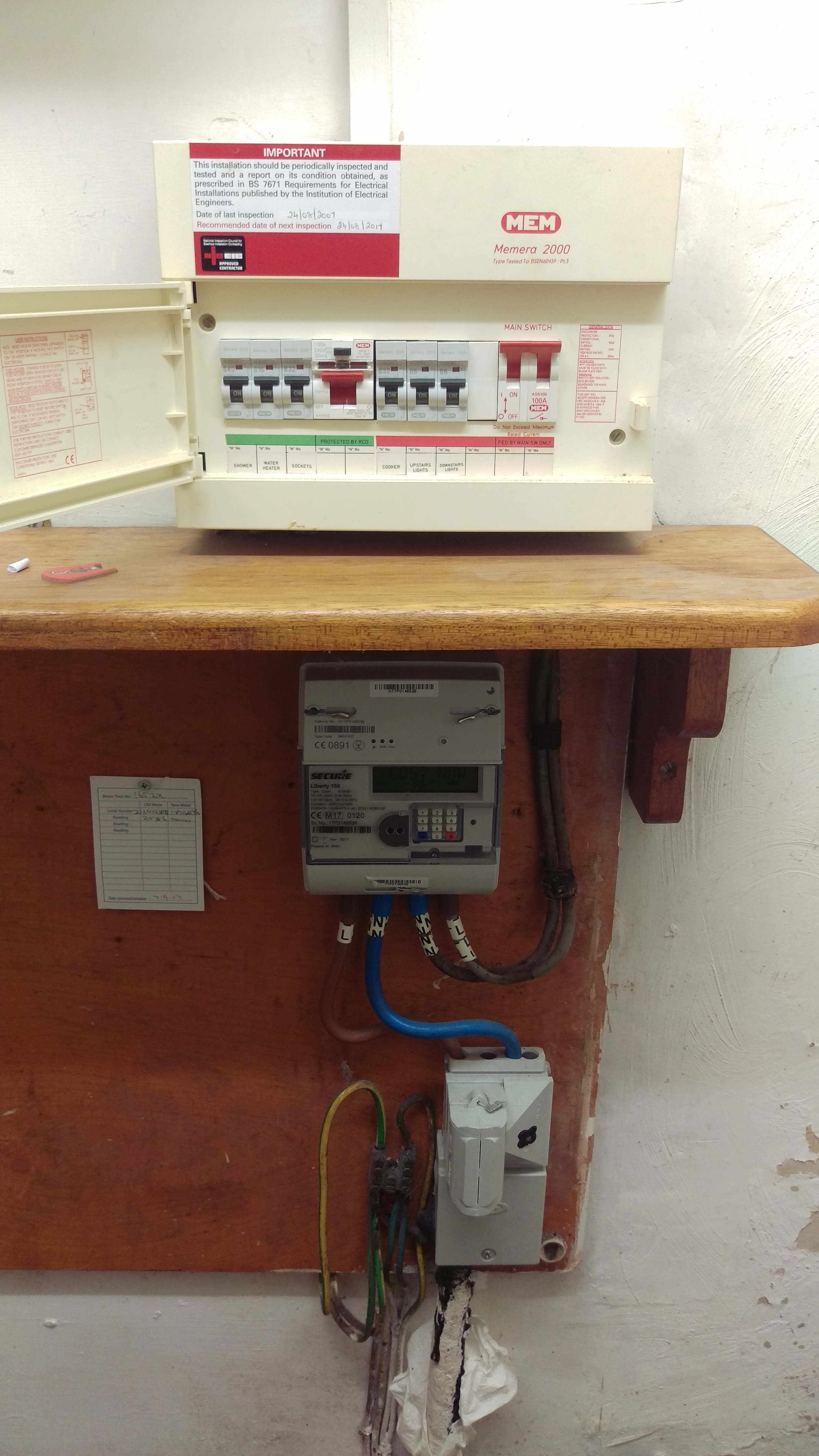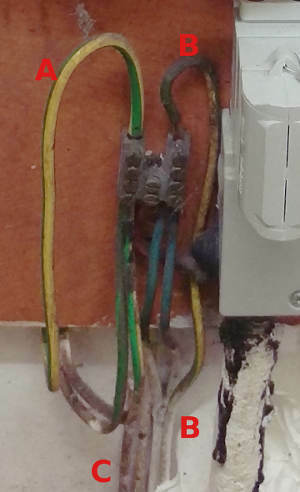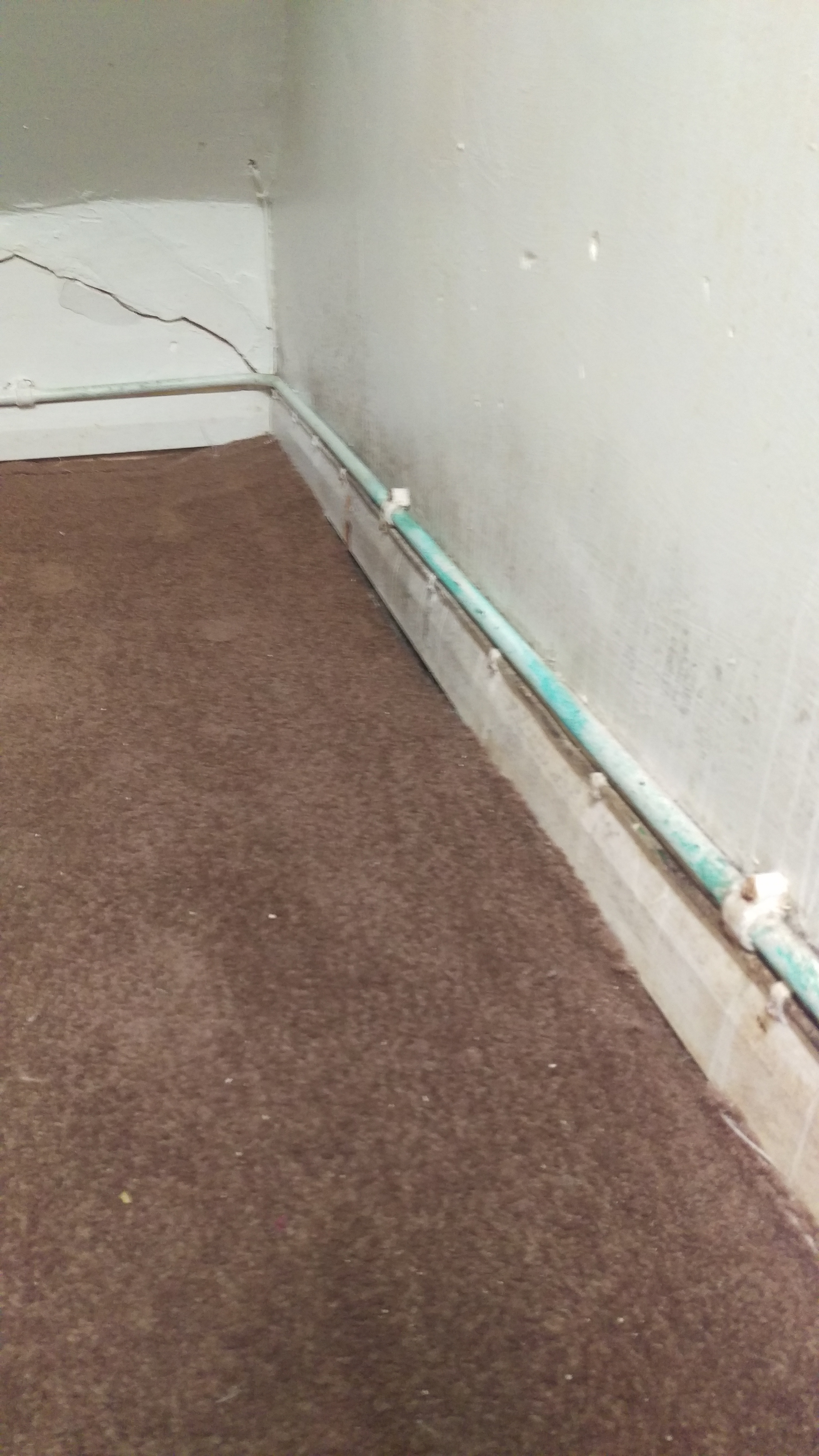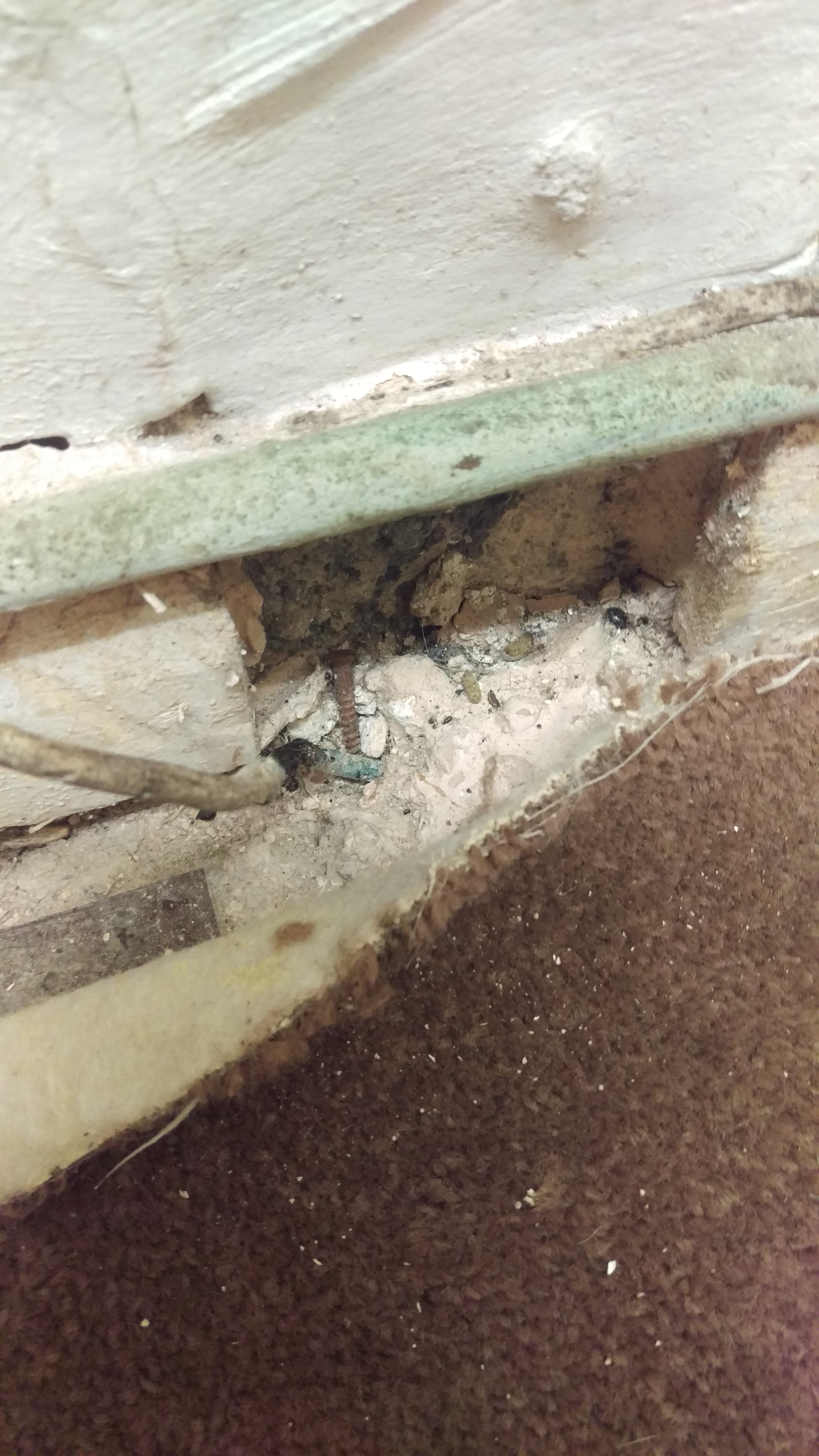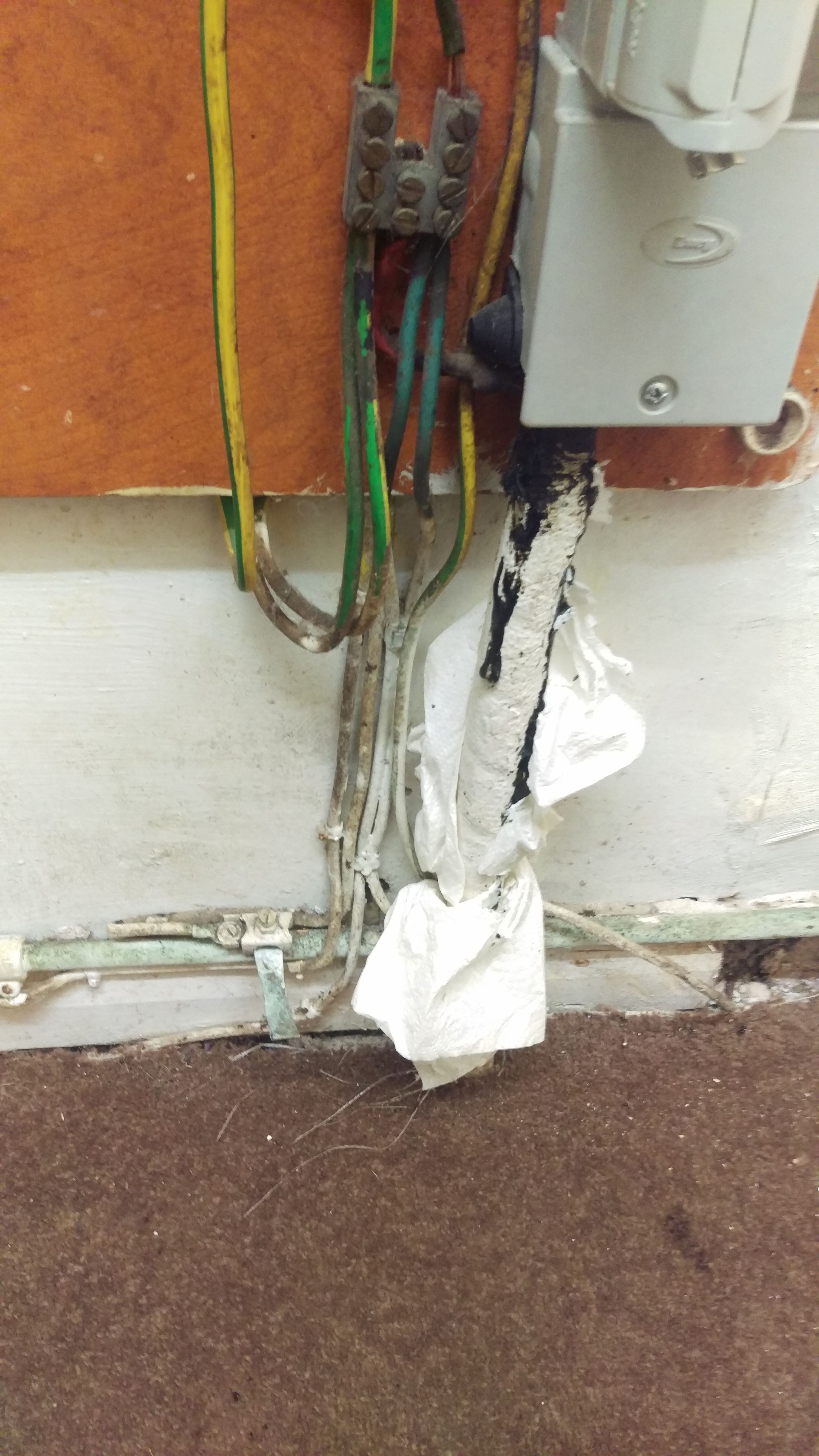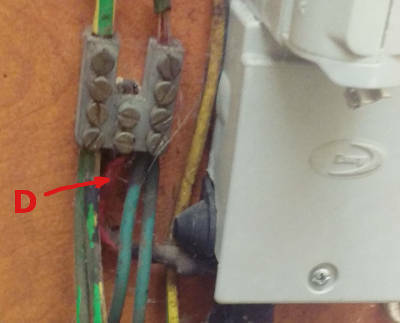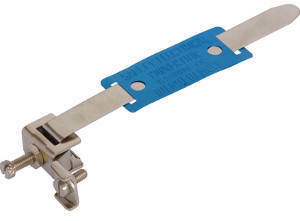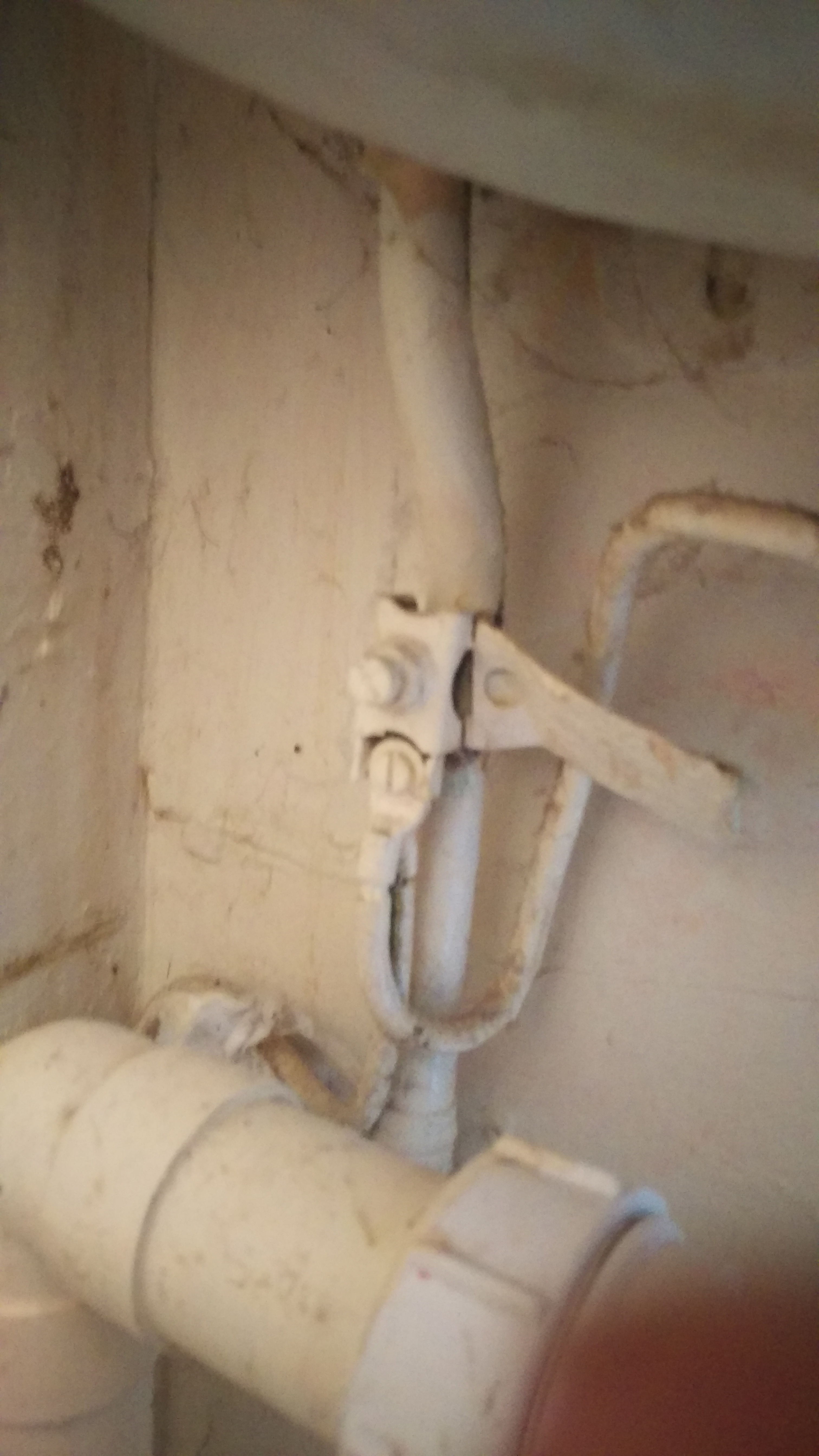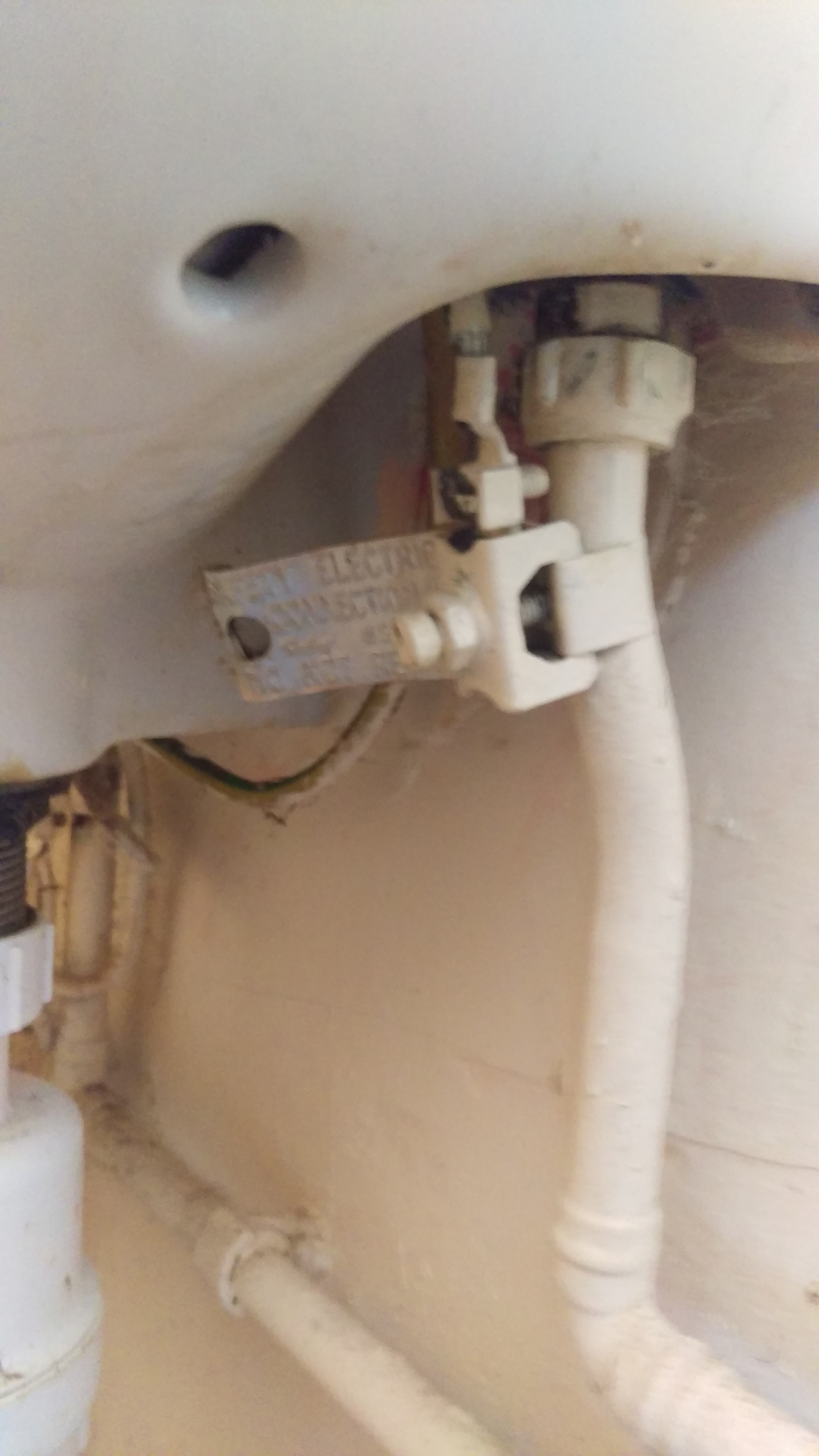Could my smart meter be tripping the fuse box overnight? - Who should I contact to fix this?
I've had a recurring problem with my fuse box RCD tripswitch tripping overnight and I'm wracking my brains to find out what's causing it; thought I'd post something here to see if anyone had similar problems before I fork out for a leccy.
We're with OVO and have had our smart-meter for about a year, which replaced our old manual meter. Our fusebox is a Memera 2000 and the RCD protects our shower, water heater (defunct as we use a combi boiler which is wired to the main supply) and sockets (all on seperate trip switches). During the night the RCD switch will trip which knocks out our power so I have to turn it back on manually in the morning.
I've used the OVO energy tracker to trace the problem to when it started on 14/06, where we had readouts of 0.0kwh at 2.00am. It's a pretty consistent pattern with a few minor variations which I've listed below
19/06 4am, 20/06 1.30am, 22/06 2.30am, 23/06 2.30am, 2/07 13pm, 3/07 3am, 6/07 2.30am, 7/07 4.30am and 8/07 4.30am.
I've gone through several steps to try and isolate the problem such as
* turning off all appliances overnight
* isolating shower, water heater trip switches (can't do sockets as that controls the fridge)
* bought a new fridge to replace old one
* ran new fridge through extension cable to different plug socket overnight
* turned off combi boiler overnight
* turned off house thermostat overnight
But nothing seems to be working. I'm considering the possibility it's the fuse box itself, or possibly the smart meter, but considering it happens around the same time most nights I'm thinking there must be something on a timer that starts running an unusual currant around that time in the morning. Can anyone help me out as I want to know everything I can before I have to get an electrician in?? Thanks in advance.
Best answer by PeterR1947
Updated on 29/10/25 by Ben_OVO
Sorry to hear about your nightly power outage, that sounds so frustrating.
Firstly it’s worth mentioning here that a smart meter won’t affect your consumer unit (or fuse board), so it’s likely another part of your electricity system which is behind the issue.
We’ve made a guide for you to work out who’s responsible for each part of your electricity supply equipment. It could be your DNO, your supplier (ie. OVO), or an electrician.
We’d always recommend contacting an electrician to help with any issues you have with your consumer unit, however our knowledgeable community members have some theories that could be helpful.
That earth “spike” looks to me like an old water pipe and the connection looks dodgy as does the connector block joining all the earth leads together. If it was me, I would clean up the earth connection on the water pipe if there’s enough cable and replace the clip, also replace the connector block, ensuring that the cables are clean, maybe strip back 1cm to ensure a good connection. What do you think
Yes, I really don't like these earth bonding connections being painted over. You can't tell whether paint has been pulled into a small gap between the strap and the pipe, thus impairing the connection.
If the landlord decides to call in an electrician, then he will also be able to test the tripping point of the problematic rcd. The test meter is a standard piece of kit for any certified electrician.
The RCD is rated at a nominal 30mA. Thus if the current flowing out through the live varies from that returning through the neutral by 30mA or more, then the trip should open.
In practice, all wiring and all appliances have a certain amount of leakage.
your kettle might have 2mA leakage
and your washing machine 1.3mA
the older wiring may itself contribute a further 5mA
etc.
So a typical installation may be operating at 20mA leakage or more before any "fault condition" occurs.
The electrician will be able to measure this, and also ensure that the trip operates sufficiently quickly to protect you.
Your landlord will, no doubt, already have a copy of the electrical safety certificate from the last annual check, and the parameters of the rcd test will be written on that.
OVO customer but not got a smart meter yet? - Book today!
Interested but not yet an OVO customer? - Check out our plans!
Log in to the OVO Forum
No account yet? Create an account
Enter your E-mail address. We'll send you an e-mail with instructions to reset your password.






